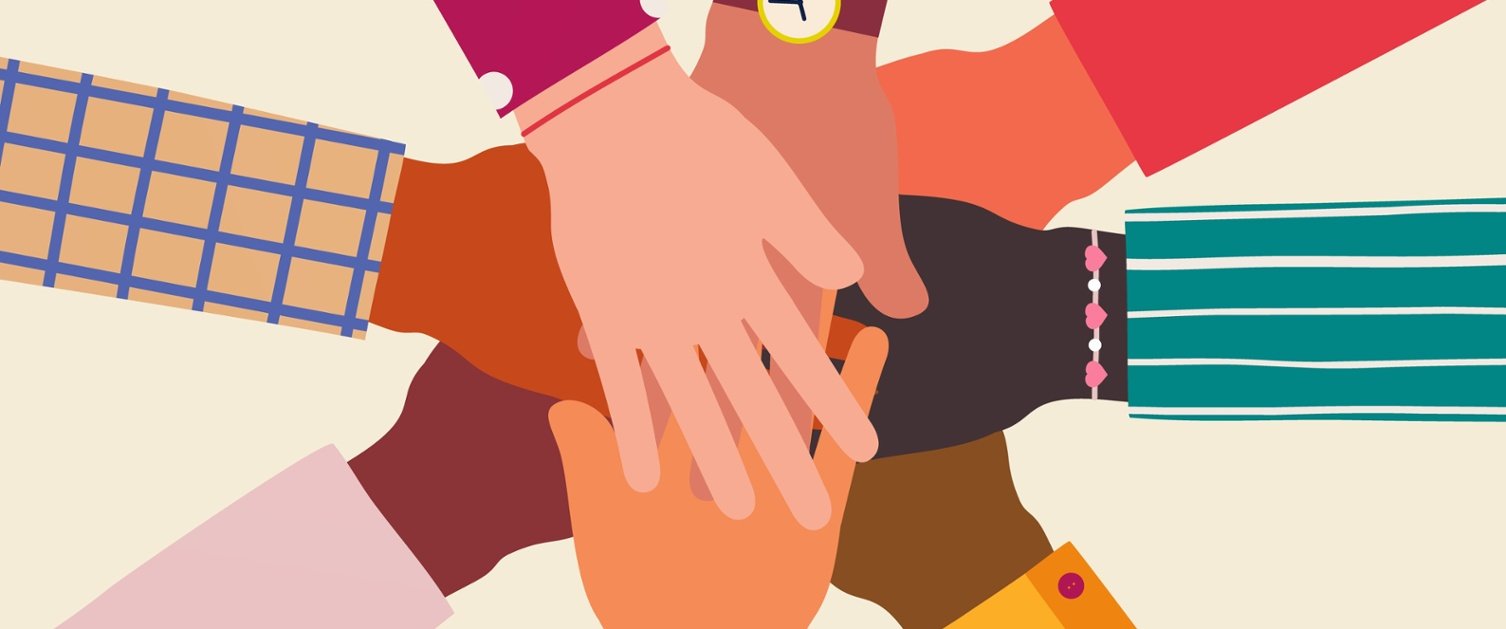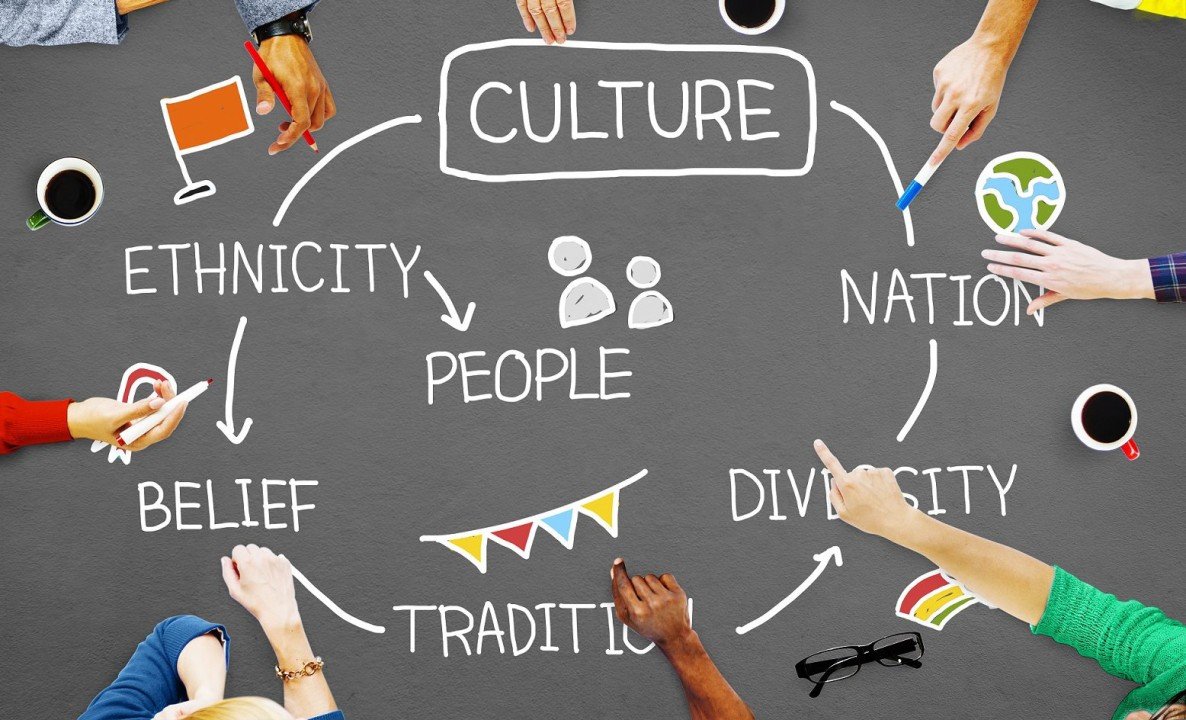What does it take for you to feel like you belong?
Belonging is a deeply personal experience, varying from one individual to another. What makes me feel like I belong may not hold the same significance for you. Throughout my life, I've been subjected to judgments based on my appearance, leading me to realise the importance of refraining from such superficial judgments towards others. Nowadays, I make a conscious effort to avoid such biases. I think that achieving a sense of belonging requires active participation and self-reflection, and each of us must articulate what truly makes us feel like we belong, as it's not something that simply happens to us passively.
“If you want people to think in your organisation, and be at their best, simply create the conditions for belonging.”





















